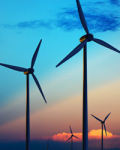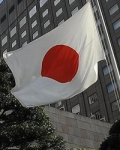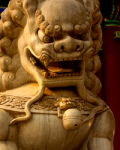-
Eastern Corridor fosters Thailand 4.0
January 23, 2020
THAILAND is planning to spend US$43 billion over five years to embrace the new technologies inherent in Industry 4.0. The chosen area covers three provinces in its Eastern Corridor, to host 10 industry sectors, two major ports and three international airports, all inter-connected by high-speed rail . . .





